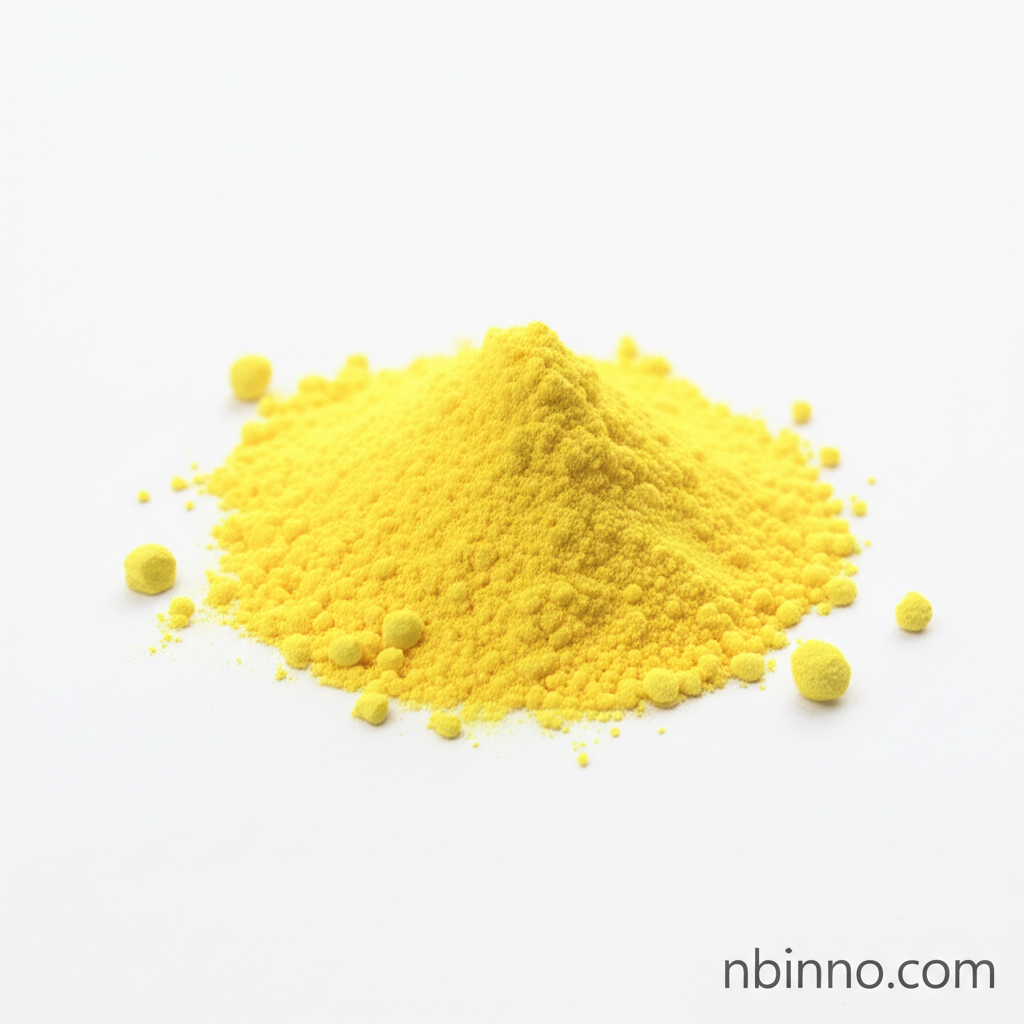Diphenyl-2-pyridylphosphine: A Versatile Ligand in Catalysis and Pharmaceutical Synthesis
Unlock advanced chemical synthesis with this key organophosphorus compound.
Get a Quote & SampleProduct Core Value

Diphenyl-2-pyridylphosphine
Diphenyl-2-pyridylphosphine is a pivotal organophosphorus compound, distinguished by its critical role as a mono-pyridylphosphine ligand in transition metal complexes used for catalysis. Its unique structural attributes allow for the formation of stable complexes with a variety of metal ions, thereby significantly boosting the efficiency and selectivity of organic synthesis processes.
- Utilizing Diphenyl-2-pyridylphosphine as a ligand in transition metal catalysis leads to enhanced reaction outcomes.
- It serves as a crucial pharmaceutical intermediate, supporting the synthesis of new drug molecules with antibacterial, antiviral, or antitumor activities.
- The development of new drug molecules relies on intermediates like this for creating compounds with specific pharmacological effects.
- Researchers leverage its properties for advanced materials development and sensor creation, pushing the boundaries of materials science.
Advantages Offered by the Product
Enhanced Catalytic Efficiency
Diphenyl-2-pyridylphosphine acts as a versatile ligand in transition metal-catalyzed reactions, significantly improving reaction efficiency and selectivity, which is key for successful organic synthesis.
Facilitates Drug Development
As a key pharmaceutical intermediate, it aids in the synthesis of complex molecules, providing essential raw materials for new drug research and development, particularly for those targeting antibacterial, antiviral, or antitumor activities.
Broad Applicability
Beyond pharmaceuticals, its utility extends to materials science and sensor development, offering researchers a powerful tool for creating advanced materials with tailored properties.
Key Applications
Catalysis
Diphenyl-2-pyridylphosphine is indispensable as a ligand in various catalytic processes, especially in transition metal catalysis, where it improves reaction efficiency and selectivity, supporting the synthesis of new drug molecules.
Pharmaceutical Synthesis
It functions as a critical intermediate in the synthesis of a wide array of pharmaceuticals, offering essential building blocks for drug discovery and development, thereby supporting research into antibacterial, antiviral, or antitumor activities.
Organic Synthesis
This compound is a versatile tool for chemists in industries such as pharmaceuticals and materials science, enabling the efficient synthesis of complex organic molecules and providing crucial raw materials for new drug research.
Materials Science
Its unique properties make it suitable for developing advanced materials with specific, tailored characteristics, contributing to innovation in materials science and sensor development.
